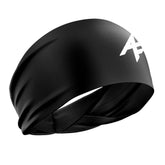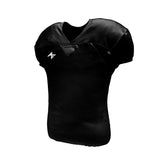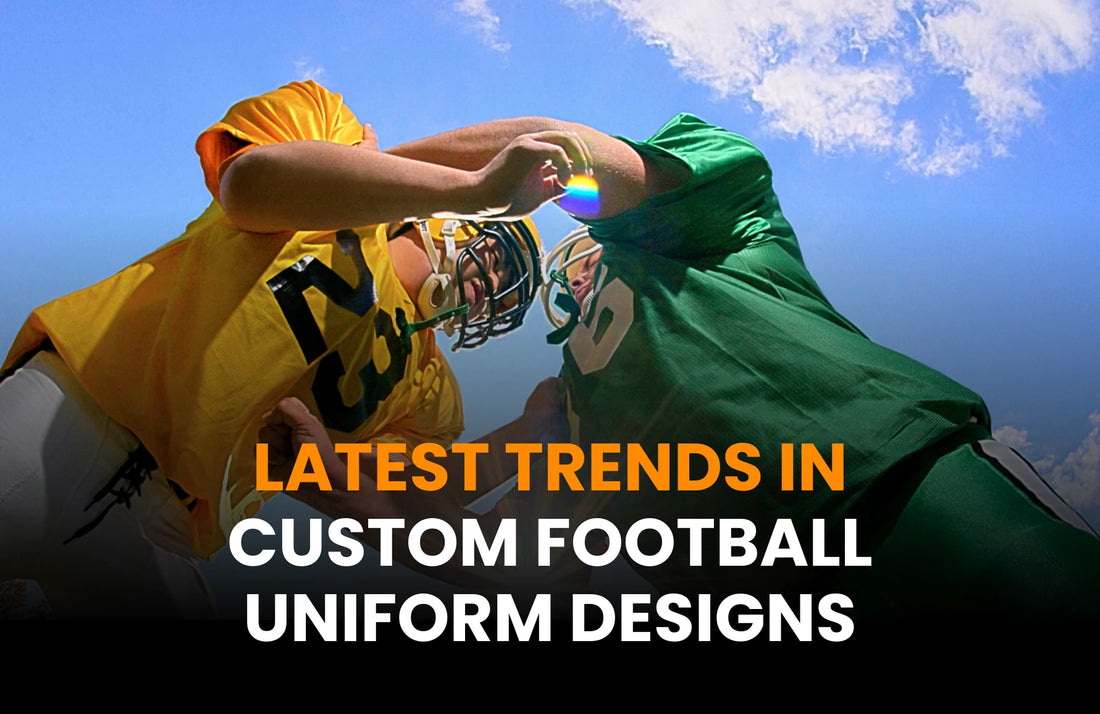Football uniforms have evolved significantly, transforming from simple, functional gear into a powerful expression of team identity, culture, and performance. With advancements in materials, technology, and customization, today's football uniform designs reflect the changing demands of the sport. Here are some of the latest trends in custom football uniform designs.
1. Sustainability and Eco-Friendly Fabrics
Sustainability has become a key focus in the production of football uniforms. Many manufacturers use eco-friendly materials like recycled polyester, organic cotton, and water-based dyes.
These fabrics help reduce the environmental impact while providing the durability and performance required for intense football games. As awareness of environmental issues grows, more teams—particularly at the grassroots and collegiate levels—opt for sustainable options without compromising quality.
2. Bold and Custom Graphics
Customization has taken a significant leap forward with the rise of digital printing technology. Teams are increasingly moving away from traditional, simple designs and opting for bold, personalized graphics. Custom logos, team mascots, and intricate patterns are now commonly featured on uniforms, allowing teams to showcase their unique identity.
The ability to incorporate local culture, vibrant colors, and large logos has made these designs a powerful tool for team expression. Full-body prints and custom color gradients are becoming more common, allowing teams to make visual statements on and off the field.
3. Performance-Enhancing Materials
These days, however, style is not the only aspect football uniforms have to be considered with. Modern textile technology has allowed such things as moisture wicking fabrics, fabrics that breathe better and stretch fabrics with spandex and Lycra. These fabrics ensure players feel dry and cool while playing physical activity at its pinnacle.
Furthermore, antimicrobial properties in the fibers help keep out bad smells, maintaining necessary hygiene even in prolonged games. These performance enhancing materials play a significant role in player comfort and overall game performance.
4. Athlete-Centric Fit
Uniforms are increasingly designed with an athlete-centric focus, prioritizing fit and comfort. With the help of 3D scanning technology, manufacturers can create custom uniforms that conform closely to an athlete’s body, reducing excess fabric that could slow players down.
This tailored fit enhances agility and flexibility, allowing players to move freely during high-speed maneuvers. These uniforms improve player comfort and performance by ensuring a snug, ergonomic fit, critical in today’s fast-paced football environment.
5. Customizable Accessories
Besides the uniforms, customizable accessories such as socks, gloves, cleats, and mouthguards are gaining popularity. These accessories are now designed to match the overall aesthetic of the team’s uniform, allowing for a cohesive and personalized look. Custom accessories help reinforce team identity while enhancing player performance.
For instance, cleats can be tailored to provide specific support based on a player’s position, while gloves offer improved grip and breathability while aligning with the team’s design.
6. Retro and Vintage Influences
Despite the trend toward modern, sleek designs, many teams are revisiting retro and vintage styles. Throwback designs featuring classic stripes, bold lettering, and old-school team logos are gaining popularity.
These uniforms evoke a sense of nostalgia and pride, particularly for teams with a rich history. Retro-inspired designs are favored by professional teams, youth leagues, and colleges, adding a layer of tradition and connection to the game’s past.
7. High-Tech Integration
Integrating technology into football uniforms is an emerging trend that holds great potential. Some teams are experimenting with bright uniforms embedded with sensors that track real-time player performance.
These are uniforms that can measure heart rate, body temperature, and how efficiently a player moves, which can offer up some valuable information to help coaches and medical teams get the most from the health and performance of the player. While it is in the very early stages, the future of football could be revolutionized by this technology, generating more data driven decisions made during training and playing.
Conclusion
These custom football uniforms as part of the new wave of design are increasingly asking for sustainability, performance and personalization. In early varying stages of the sport, uniforms were more of just practical gear, but as the sport developed uniforms became something more. They also were a means of expressing yourself, feeling comfortable, being a better athlete.As football uniforms move towards a personalized and customized setting, the future of those garments will be as fluid as the sport itself.




